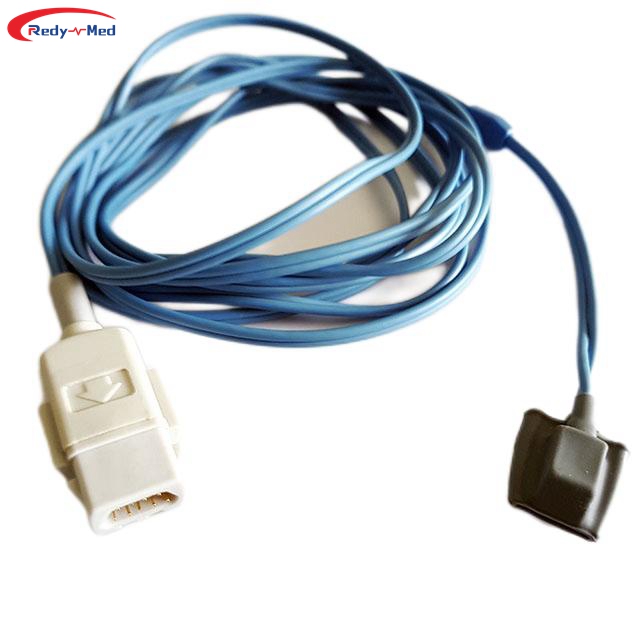
Combined application of blood oxygen saturation sensor and heart rate monitoring
2024-03-21 00:04:27

In recent years, the combined application of blood oxygen saturation sensor and heart rate monitoring has gained significant attention in the medical field. This innovative approach has revolutionized patient care and monitoring, providing valuable insights into overall health and well-being. This article will explore the numerous benefits and applications of this powerful combination, highlighting its potential to enhance medical diagnoses, prevent complications, and improve patient outcomes.
Enhanced Medical Diagnoses
The synergistic use of blood oxygen saturation sensor and heart rate monitoring allows medical professionals to obtain a comprehensive picture of a patient's health status. By measuring blood oxygen saturation levels, doctors can detect early signs of respiratory disorders, such as sleep apnea or chronic obstructive pulmonary disease (COPD). The heart rate monitoring provides crucial information about the cardiovascular system, enabling the timely identification of abnormal heart rhythms, such as tachycardia or bradycardia.
This combined approach helps doctors make accurate diagnoses and develop personalized treatment plans. Additionally, continuous monitoring of blood oxygen saturation and heart rate allows for real-time adjustments in medication dosages and therapies, resulting in more efficient and targeted interventions.
Prevention of Complications
The integrated use of blood oxygen saturation sensor and heart rate monitoring plays a crucial role in preventing complications and improving patient safety. For individuals with pre-existing respiratory conditions, such as asthma or pneumonia, continuous monitoring of blood oxygen saturation levels helps detect potential oxygen deprivation or respiratory distress, allowing for immediate interventions to prevent further deterioration.
In critical care settings, such as intensive care units or post-operative recovery, real-time heart rate monitoring is essential to monitor patients' cardiovascular stability. This allows healthcare providers to recognize early signs of complications, such as cardiac arrhythmias or myocardial infarction, and promptly initiate appropriate treatments.
Improved Patient Outcomes
The combined application of blood oxygen saturation sensor and heart rate monitoring significantly contributes to improved patient outcomes. Timely detection of oxygen saturation deviations or irregular heart rhythms enables healthcare providers to intervene promptly, potentially preventing life-threatening situations.
Furthermore, continuous monitoring provides valuable data for assessing the effectiveness of treatment strategies and evaluating patients' progress. This helps healthcare professionals adjust therapies as needed, leading to more successful outcomes and faster recovery.
Conclusion
The combined application of blood oxygen saturation sensor and heart rate monitoring has revolutionized the medical field, offering a wealth of benefits for both patients and healthcare providers. This powerful combination enhances medical diagnoses, prevents complications, and ultimately improves patient outcomes. By leveraging the comprehensive insights provided by these monitoring devices, medical professionals are empowered to deliver more personalized, targeted care. The integration of blood oxygen saturation sensor and heart rate monitoring is undoubtedly a game-changer in modern medicine.
Get the latest price? We'll respond as soon as possible(within 12 hours)




